“Hope, held by all mankind to rise from everything.„
Overview:
The [MAS-P1000] is a state-of-the-art unmanned interceptor and experimental aircraft designed to operate at extreme altitudes and high speeds. It serves dual purposes: testing innovative aerodynamic designs and noise reduction techniques, while also functioning as a high-speed interceptor capable of rapid response in strategic scenarios.
Design Specifications:
- Mass: 26.4 tons
- Dimensions:
- Width: 10.9 meters
- Height: 5.90 meters
- Depth: 27.8 meters
- Engine: Turbojet producing 437 kN of thrust
- Maximum Speed: Capable of reaching speeds ± Mach 2.79
- Maximum Altitude: Operates at altitudes up to 23,000 meters (75,459 feet)
Aerodynamic Features:
- Streamlined Shape: The aircraft features a long, pointed nose and a smooth, aerodynamic body to minimize drag and optimize performance at high speeds.
- Wing Design: Equipped with thin wings, with a thickness of 0.18 meters, designed to provide the necessary lift while maintaining a sleek profile.
- Control Surfaces: Tailored control surfaces, including elevators, rudder, and ailerons, ensure precise maneuverability and stability.
Braking and Deceleration Systems:
- Air Brakes: Deployed from the tail to increase drag and assist in deceleration during high-speed flight and landing.
- Drag Chute: Similar to systems used on the SR-71 and Space Shuttle, the drag chute provides additional deceleration capability during landing.
- Spoilers: Installed on the upper surface of the wings, spoilers disrupt airflow to increase drag and reduce lift, aiding in rapid deceleration during descent and landing.
Noise Reduction:
- Long Nose Design: The elongated nose helps reduce aerodynamic noise at high speeds, contributing to stealth and minimizing sonic disturbances.
Landing Gear:
- Retractable Landing Gear: Designed for stability during takeoff and landing, with sufficient ground clearance and robust construction to handle the aircraft’s mass and landing speeds.
Control Systems:
- Advanced Control Systems: Integrated to manage the deployment of air brakes, drag chute, and spoilers, ensuring effective deceleration and precise handling during all flight phases.
Testing and Refinement:
- The MAS-P1000 is undergoing extensive aerodynamic testing and simulations to refine its performance. Iterative testing is crucial for optimizing drag devices, structural integrity, and overall flight characteristics.
Mission Capabilities:
- Interceptor Role: Capable of intercepting high-altitude targets with rapid deployment and high-speed performance.
- Experimental Platform: Serves as a testbed for advanced aerodynamic and noise reduction technologies, pushing the boundaries of modern aircraft design.
Description created and edited by Chat GPT and me.


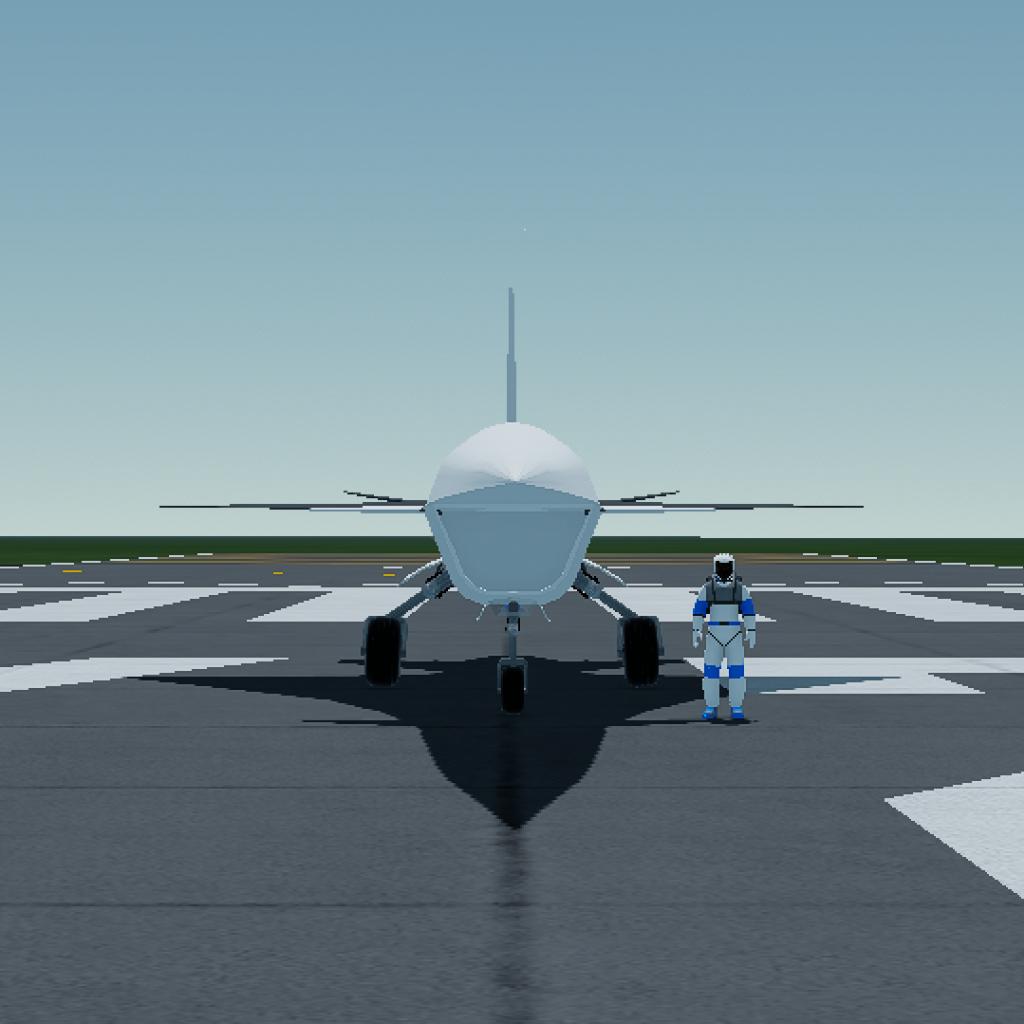
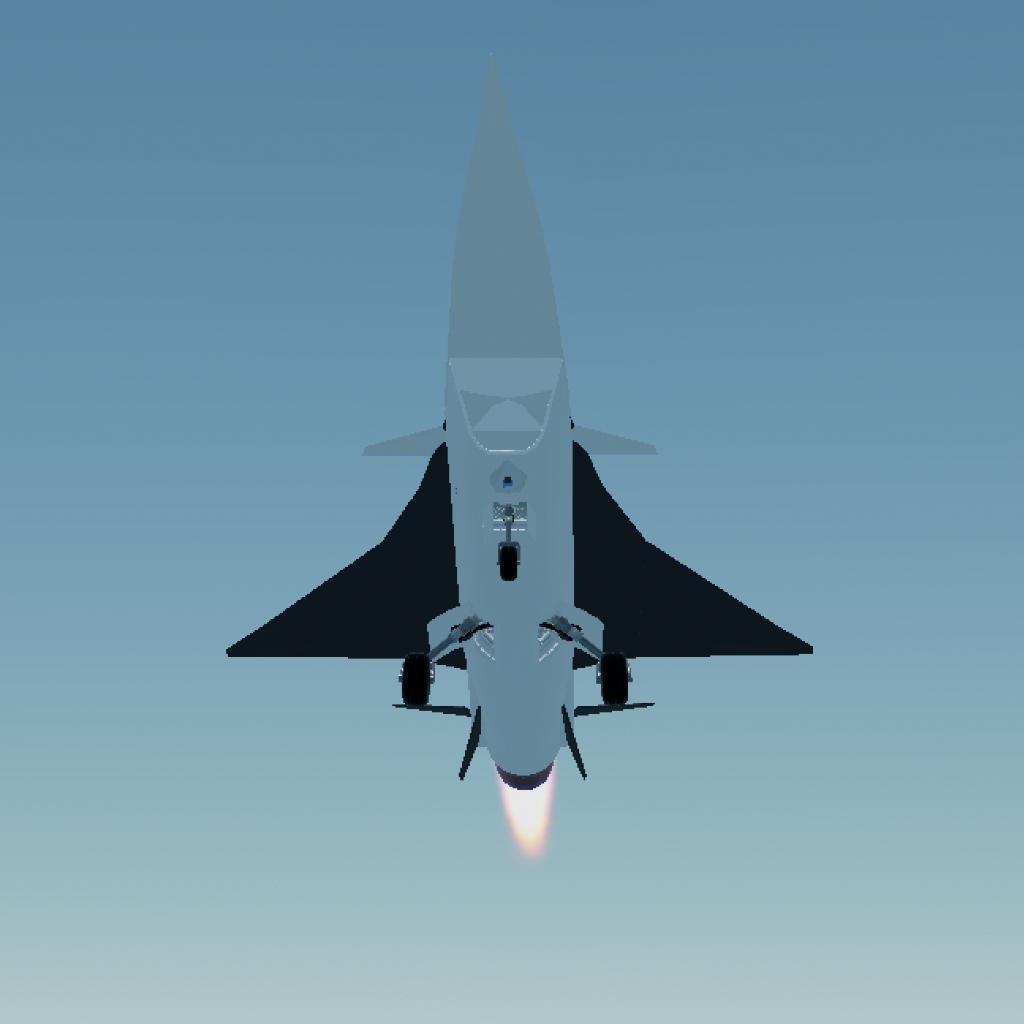
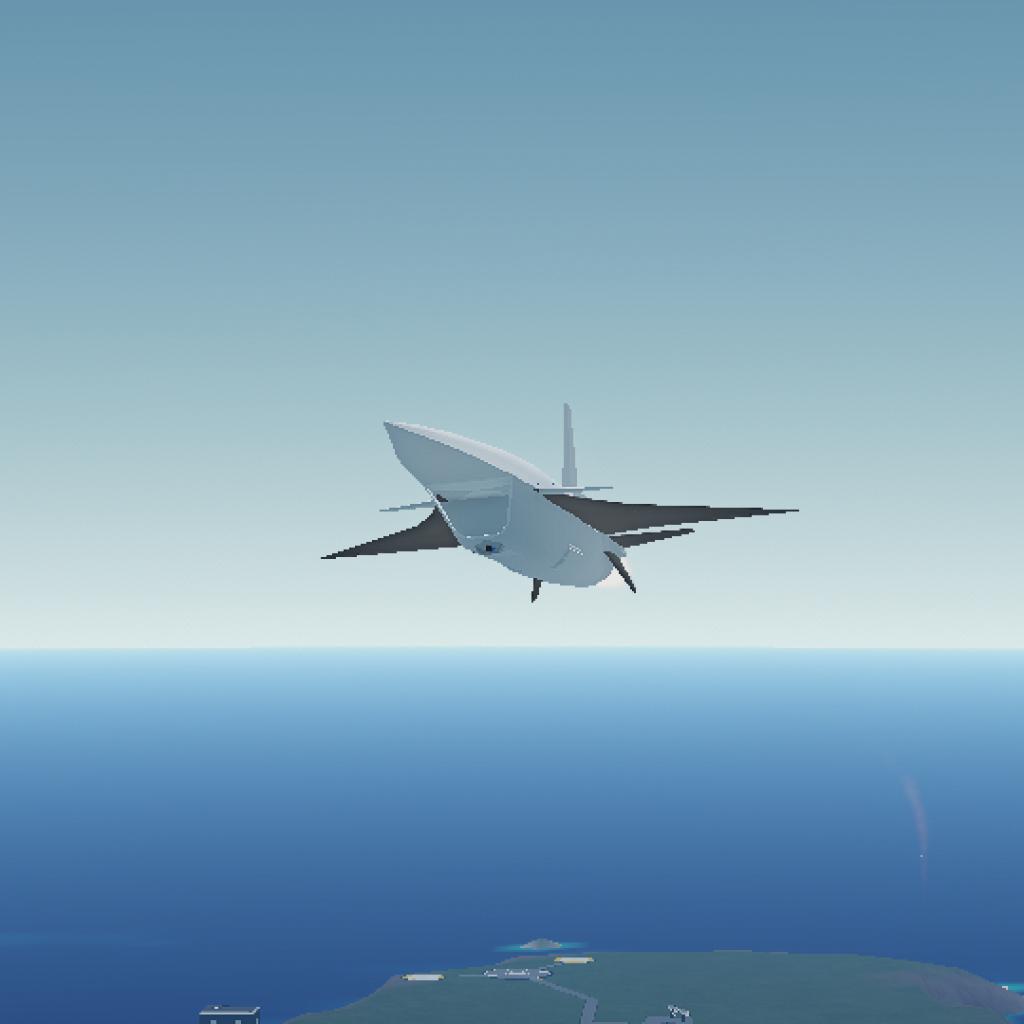
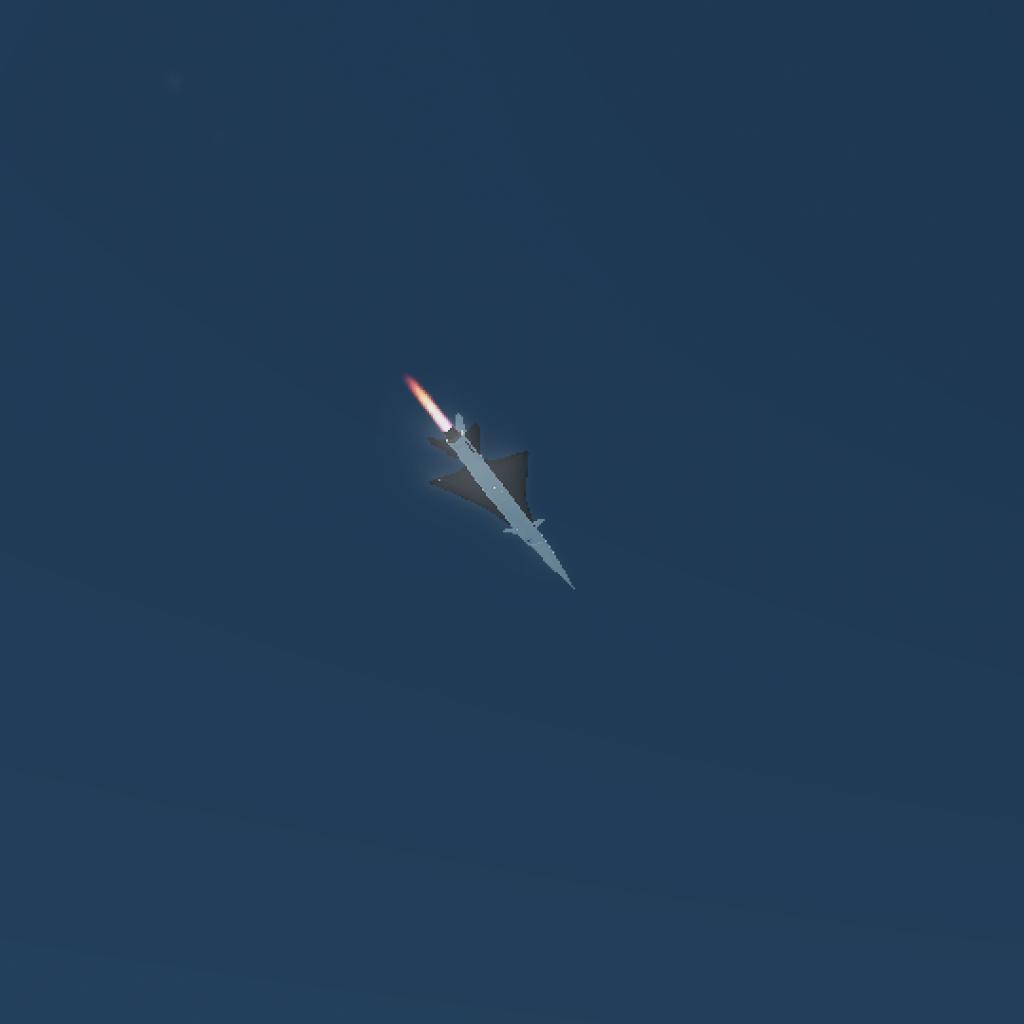
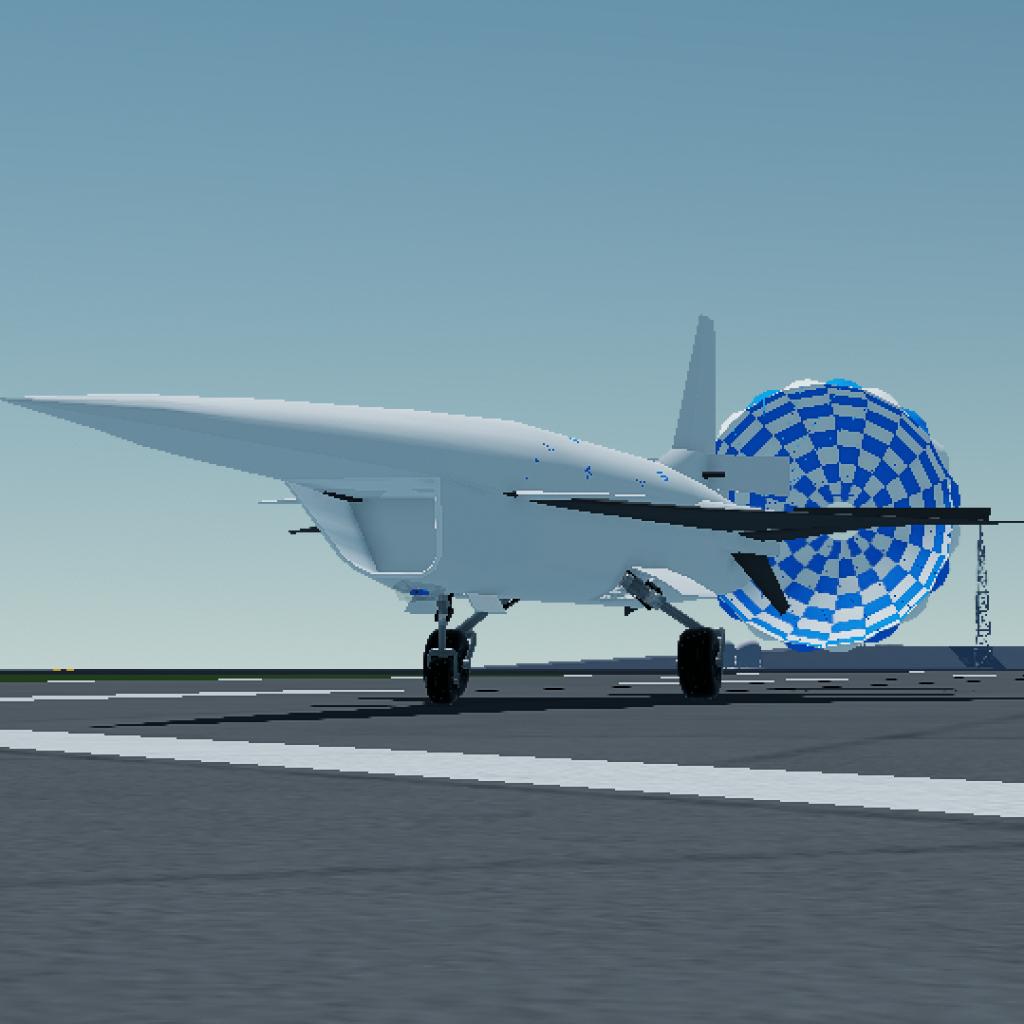
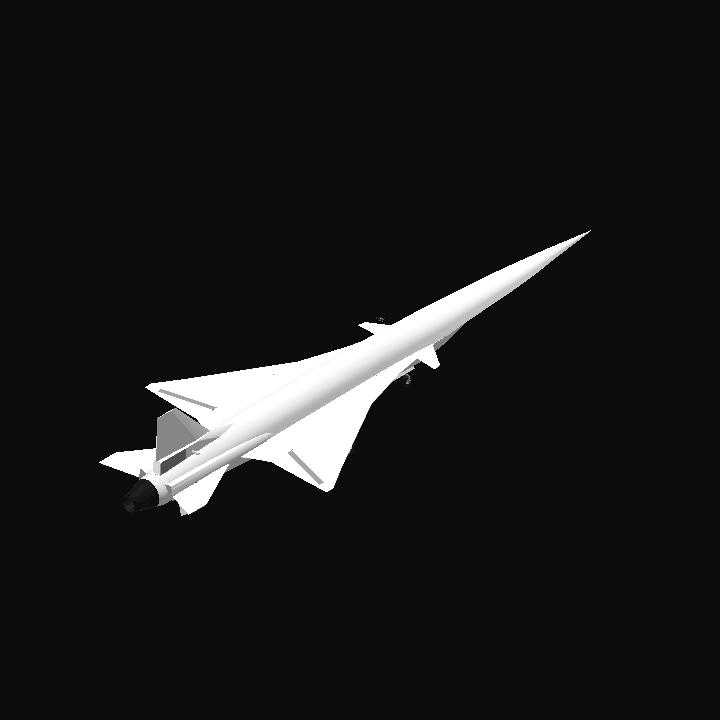
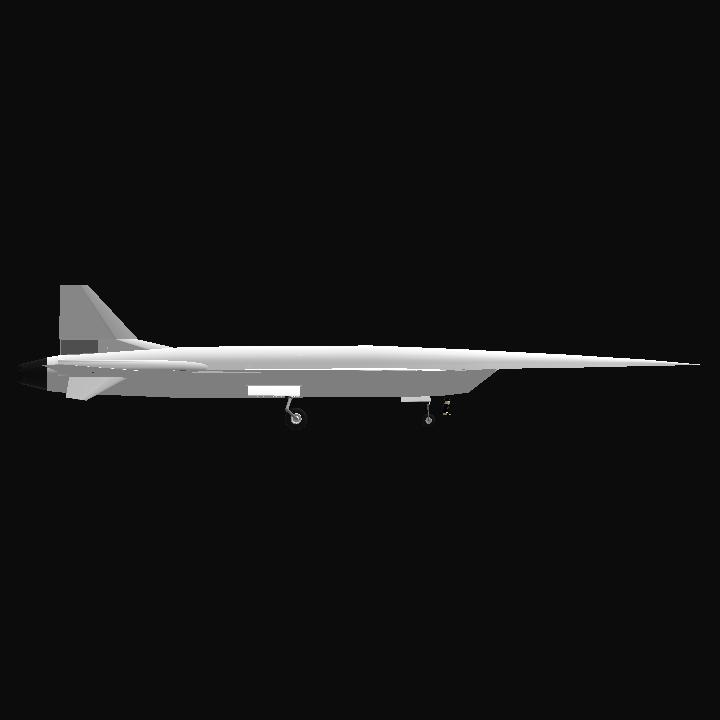

Nice